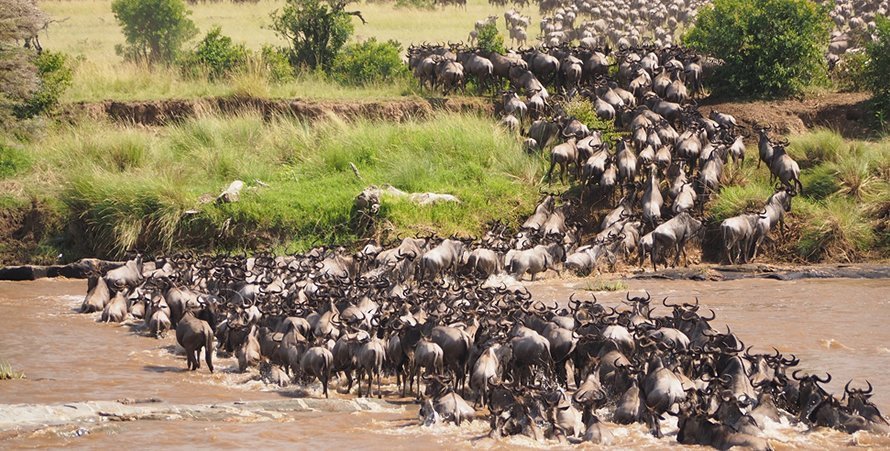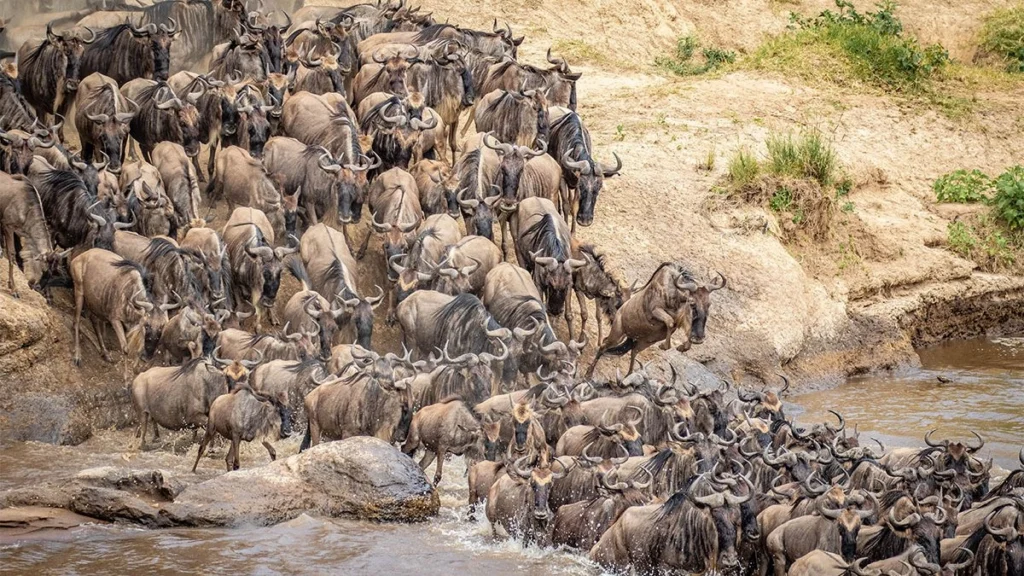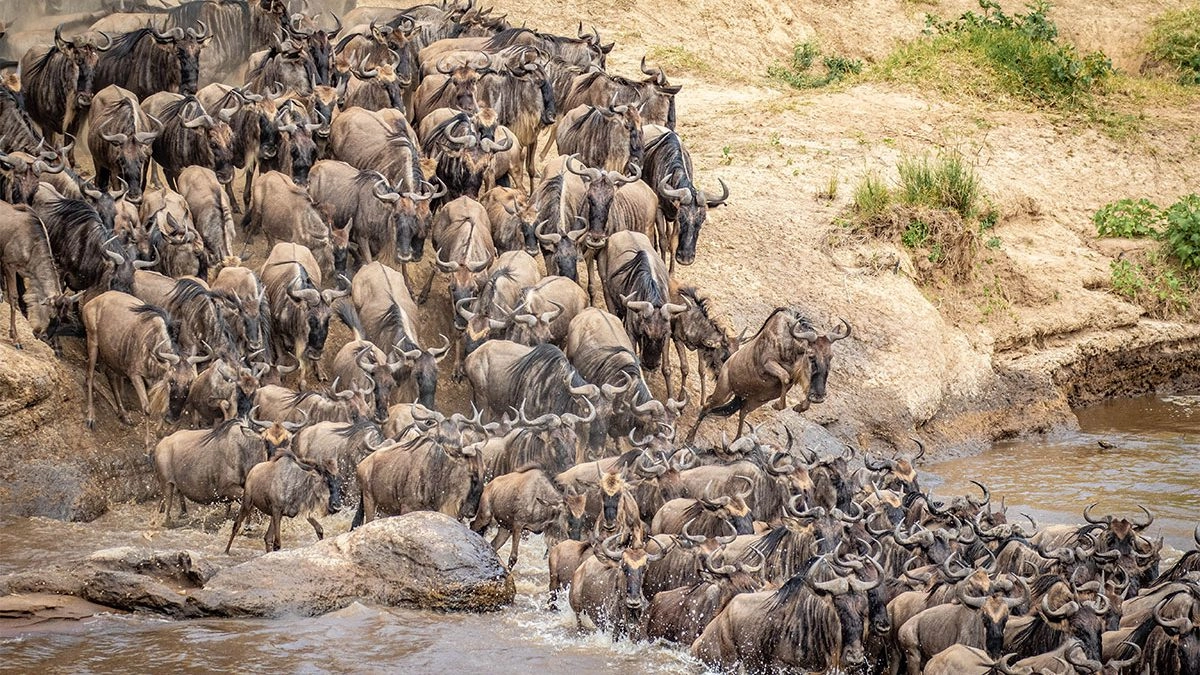Masai Mara Migration & Wildlife: When to Visit & What to See
The Masai Mara National Reserve in Kenya is one of Africa’s most spectacular safari destinations, renowned for its sweeping savannas, thriving wildlife, and the breathtaking Great Wildebeest Migration. Every year, travellers from around the globe come to witness millions of animals traversing the Mara plains in search of greener pastures. Whether you’re planning your first safari or returning for another adventure, the Masai Mara promises an unforgettable wildlife experience.

The Great Wildebeest Migration in the Masai Mara
The Masai Mara forms the northern section of the Serengeti–Mara ecosystem, which hosts the world’s most famous animal migration. Each year, over 1.5 million wildebeest, accompanied by hundreds of thousands of zebras and gazelles, make the dramatic crossing from Tanzania’s Serengeti into Kenya’s Mara.
The migration typically reaches the Mara around July and remains until October, depending on the rains. The highlight of this period is the Mara River crossings, where vast herds plunge into crocodile-infested waters while predators like lions, hyenas, and leopards wait nearby. It is one of nature’s most dramatic spectacles and a must-see for safari lovers.
Wildlife Beyond the Migration
While the migration is the star attraction, the Masai Mara offers exceptional wildlife viewing year-round. The reserve is home to the Big Five—lion, leopard, elephant, buffalo, and rhino—making it one of the best places in Africa to see them in a single safari. Large prides of lions roam the plains, cheetahs hunt in the open grasslands, and leopards lurk in the riverine forests. Elephants and buffaloes graze in abundance, and birdwatchers can spot over 470 species of birds.
The Mara is also renowned for its cheetah population, offering some of the best chances to observe these agile hunters in action. From giraffes and hippos to hyenas and jackals, the diversity of wildlife ensures that every game drive is filled with surprises.
When to Visit the Masai Mara
July to October: Migration Season
This is the best time to visit if your main goal is to witness the Great Migration. The Mara River crossings are a highlight, but availability at lodges and camps fills up quickly during this period, so early booking is essential.
December to February: Predator Season
These months offer excellent wildlife viewing with less crowded parks. Big cats are especially active during this time, making it a great season for photographers and predator enthusiasts.
March to June & November: Quieter Seasons
The Mara is beautiful year-round, and the quieter seasons allow for a more intimate safari experience. You’ll encounter fewer tourists, lush green landscapes, and excellent resident wildlife sightings, although the migration herds will be in the Serengeti.

How to Experience the Masai Mara
Safari experiences in the Masai Mara can be tailored to different styles and budgets. Options range from luxury tented camps that immerse you in the wild, to mid-range lodges and mobile camps that follow the migration. Activities include daily game drives, hot air balloon safaris over the Mara plains, and cultural visits with the Maasai people.
Plan Your Masai Mara Safari with African Wild Trekkers
Witnessing the migration and exploring the diverse wildlife of the Masai Mara is a dream safari experience. At African Wild Trekkers, we specialize in creating tailor-made itineraries that ensure you’re in the right place at the right time. Whether you want to catch the thrilling Mara River crossings, follow the big cats, or enjoy a quieter safari, we’ll design the perfect adventure for you.
Book Your Safari Today
Contact African Wild Trekkers to plan your Masai Mara safari and witness one of the greatest wildlife spectacles on Earth.
